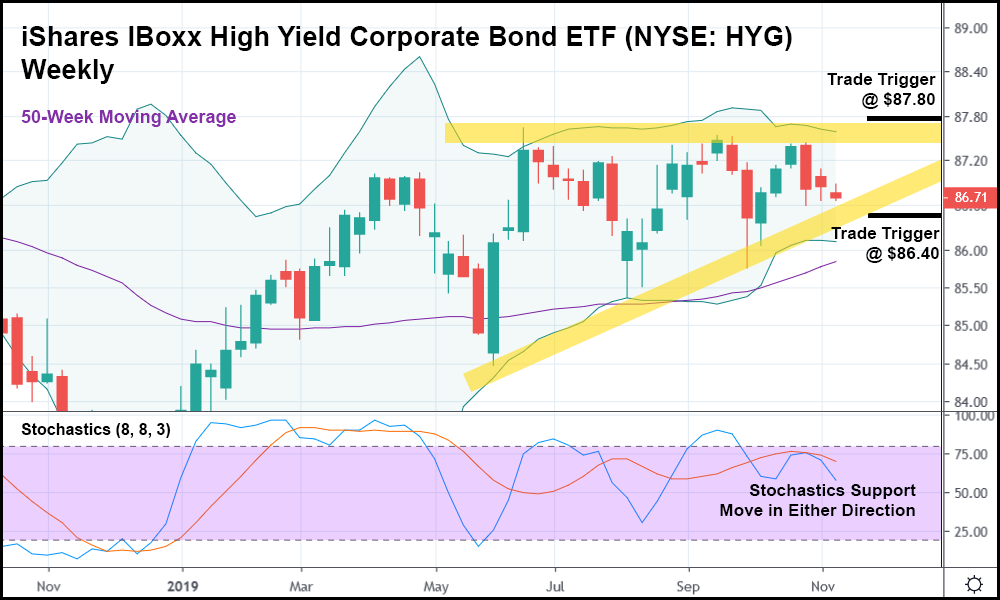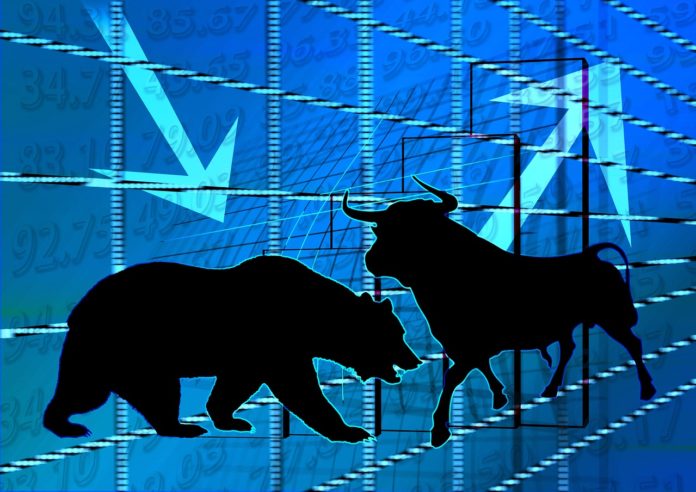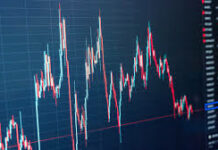Bonds, by and large, aren’t nearly as exciting as the stock market. Yes, bond yields were a popular topic over the last year, but in general, people were talking about one specific type of bond:
U.S. government bonds.
The discussion usually revolved around how the yield curve (reflecting the yields of different government bonds) had flip-flopped multiple times.
And while the yield curve is still relevant today – especially when it recently inverted (typically a bad sign) and subsequently un-inverted (typically a good one) – it’s also overshadowed all the other types of bonds out there.
Corporate bonds, for example, have fallen by the wayside. Within the corporate bond category, there exists multiple varieties, all offering their own strengths and weaknesses.
Investment-grade bonds, given an AAA rating from Standard & Poor’s (S&P), offer investors a lower-risk way to capture small but somewhat reliable profits after the bonds reach maturity.
The most controversial of them all, however, has to be high-yield bonds, often referred to affectionately as “junk” bonds. With a lower rating than investment-grade bonds, junk bonds expose the investor to more risk – the risk that the issuer will default on payments.
High-yield bonds have S&P ratings of BB or below (or Ba from Moody’s, another rating firm). And while they’re riskier than investment-grade bonds, they do provide higher interest, making junk bonds attractive to risk-tolerant investors.
Over the years, though, high-yield bonds haven’t performed all that well. With a market-wide rally roaring in the background, junk bonds had a huge 2016. Then, 2017 rolled around, and high-yield bonds plateaued.
And then again, in 2019, junk bonds took off. Within the last few months, however, they hit resistance once again.
The iShares IBoxx High-Yield Corporate Bond ETF (NYSE: HYG), charted below, confirms as much.

What the chart also shows us is that an ascending triangle has formed. You can see it, clear as day, outlined above. A series of higher lows have been set since June, and each time HYG gets close to an upside breakout, it ultimately fails.
Now, however, with prices tightening, a breakout seems imminent – potentially to either direction. As it stands, HYG is closer to a downside breakout, but don’t be surprised if prices reverse and head north for resistance.
Either way, eventually, HYG will break past one of the two trendlines. It’s just a matter of time.
So, to be prepared for either scenario, it might make sense to set trade triggers above the upper trendline (at $87.80) AND the lower trendline (at $86.40).
Whichever order “fires” first, cancel the other.
Best of all, equities are stagnating. If investors don’t see action across the major indexes soon, they might turn elsewhere.
Junk bonds – the ones that return higher interest with more risk, like stocks – could easily be their new obsession as we close out Q4.








